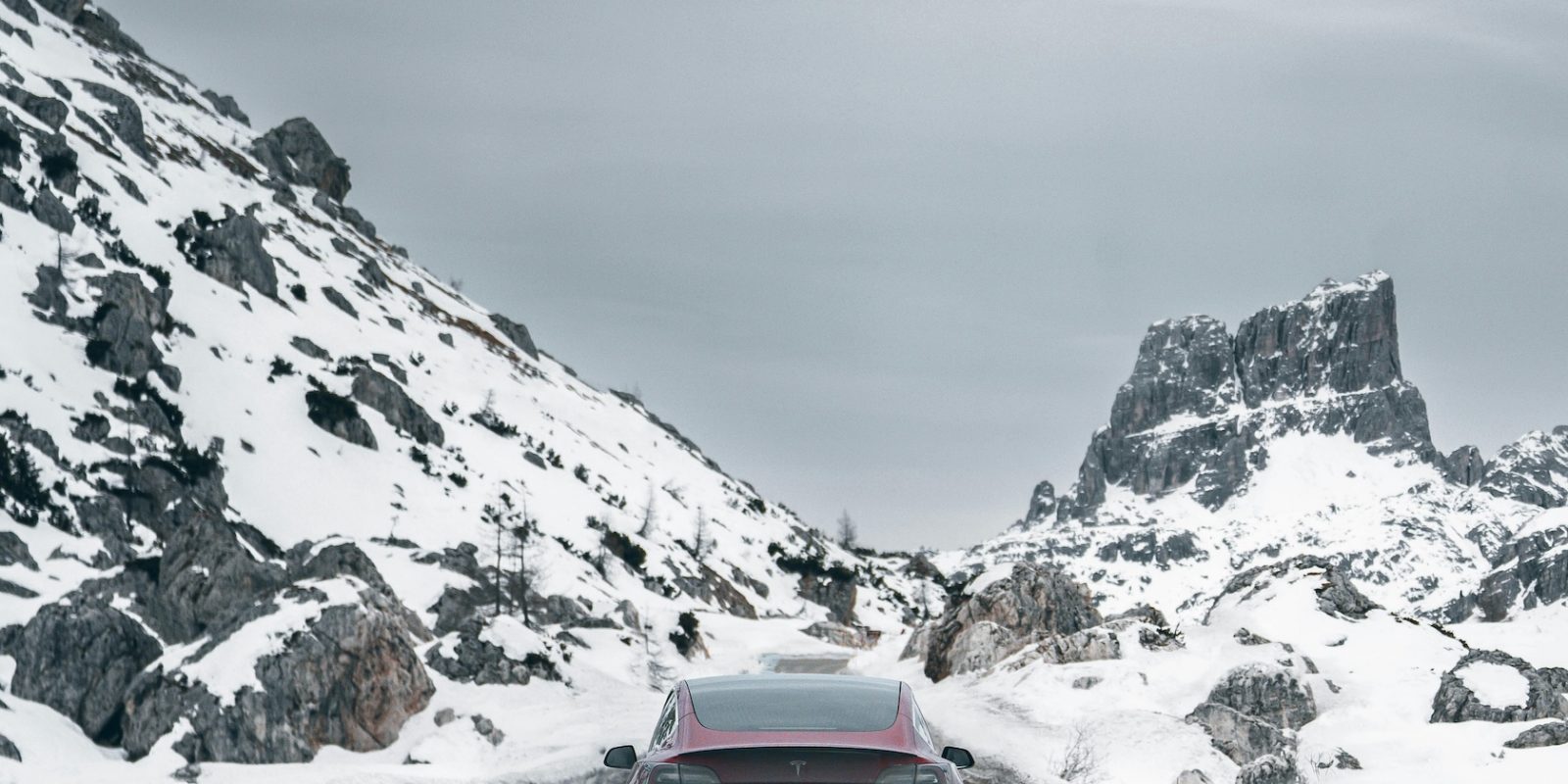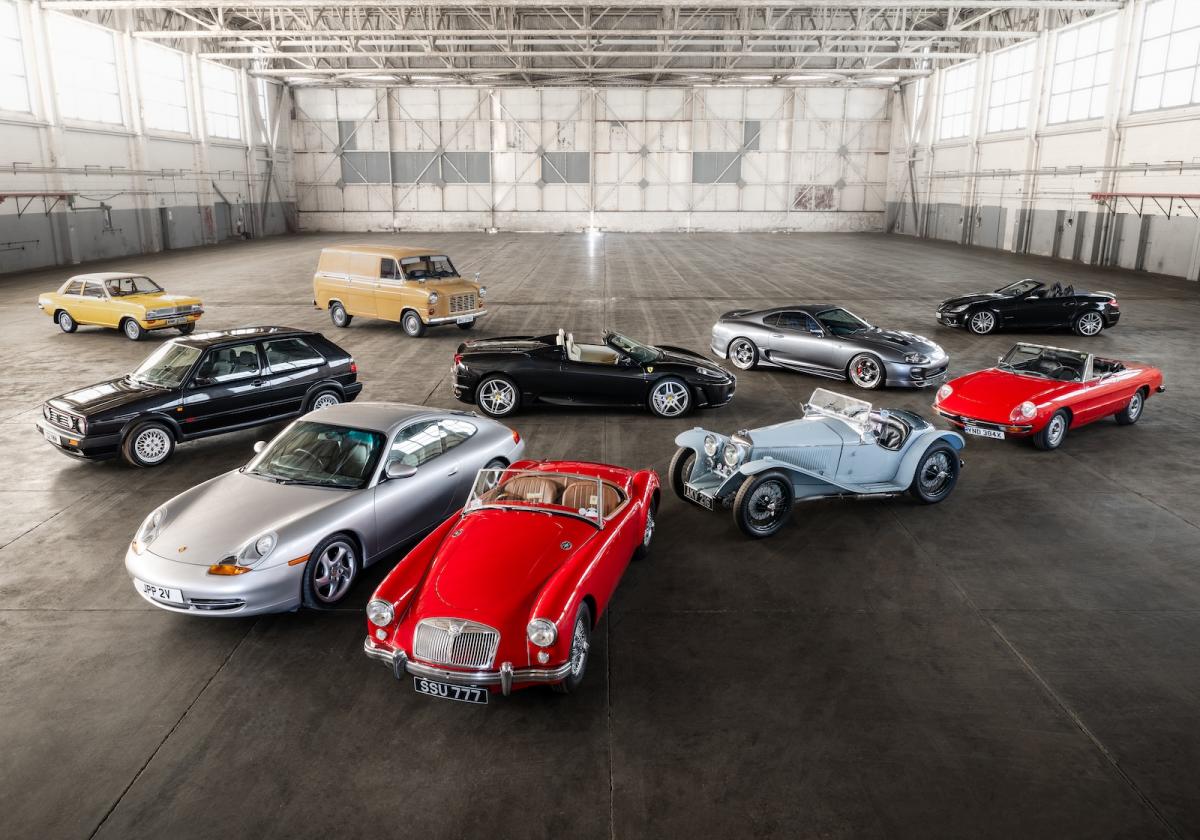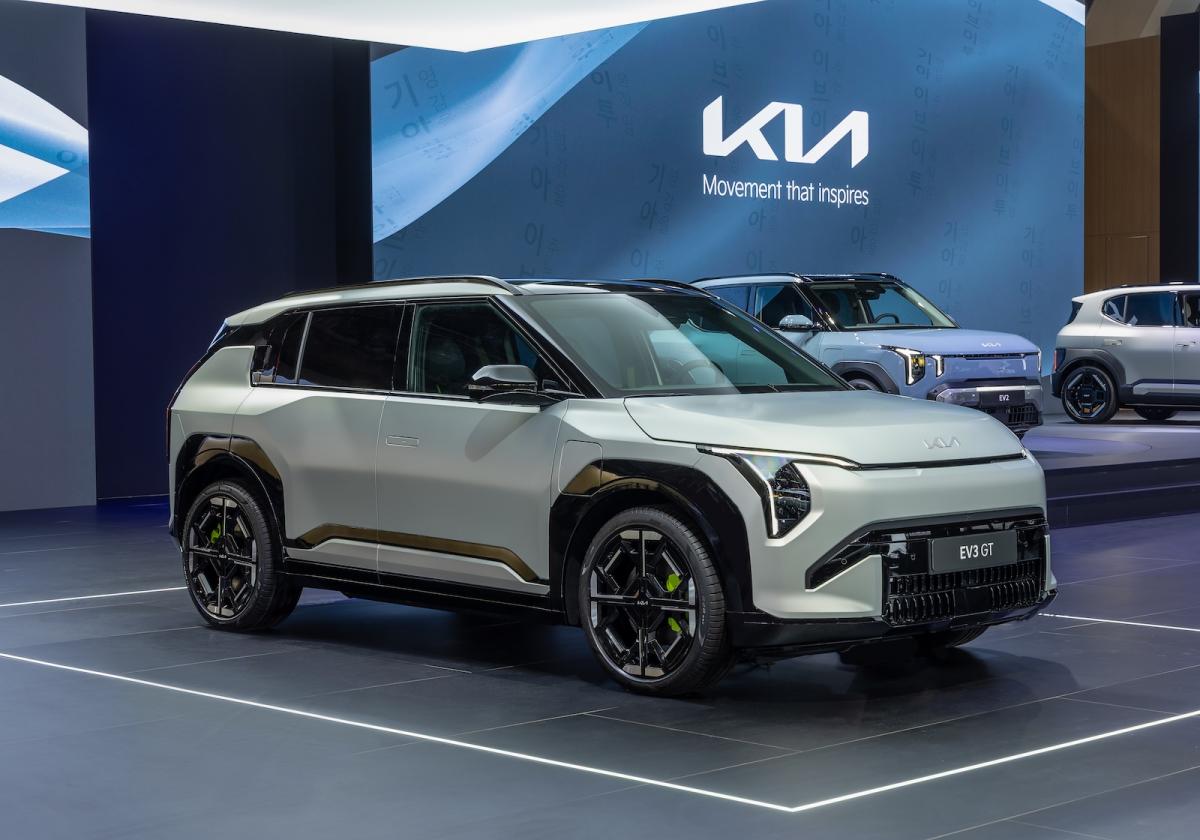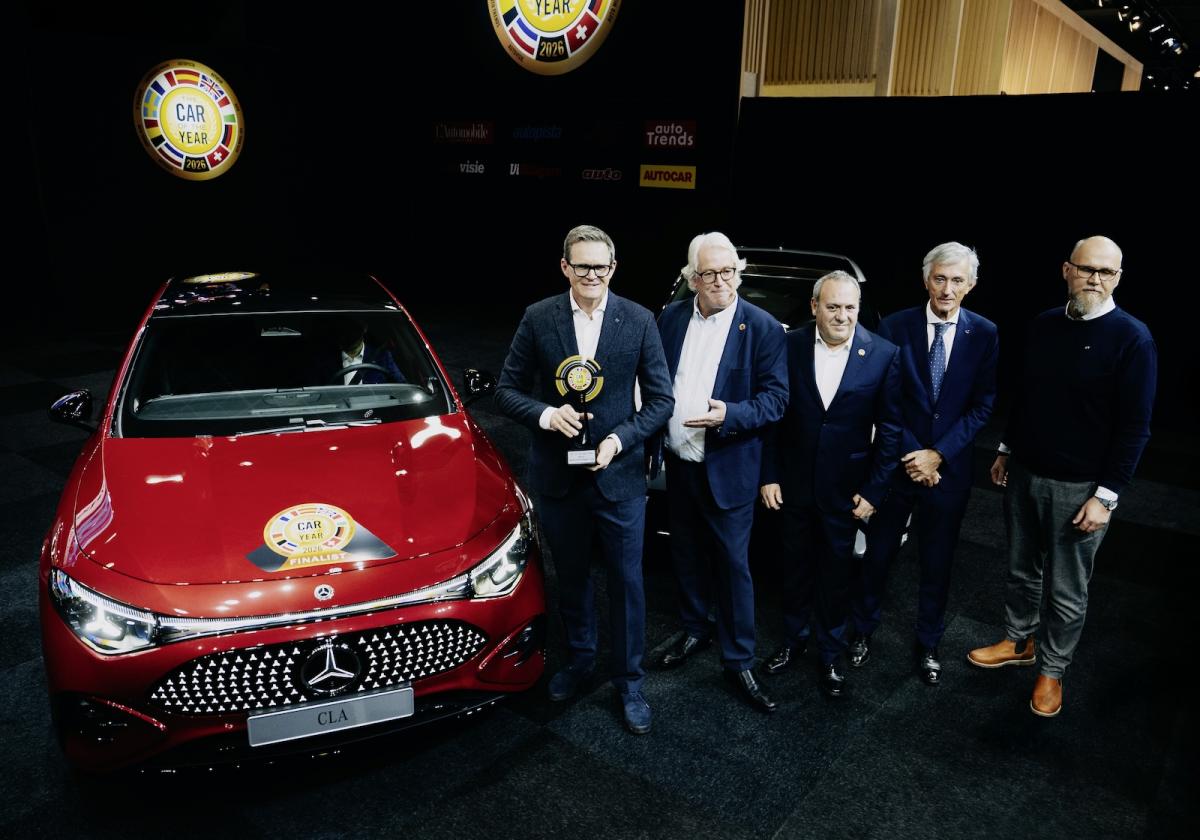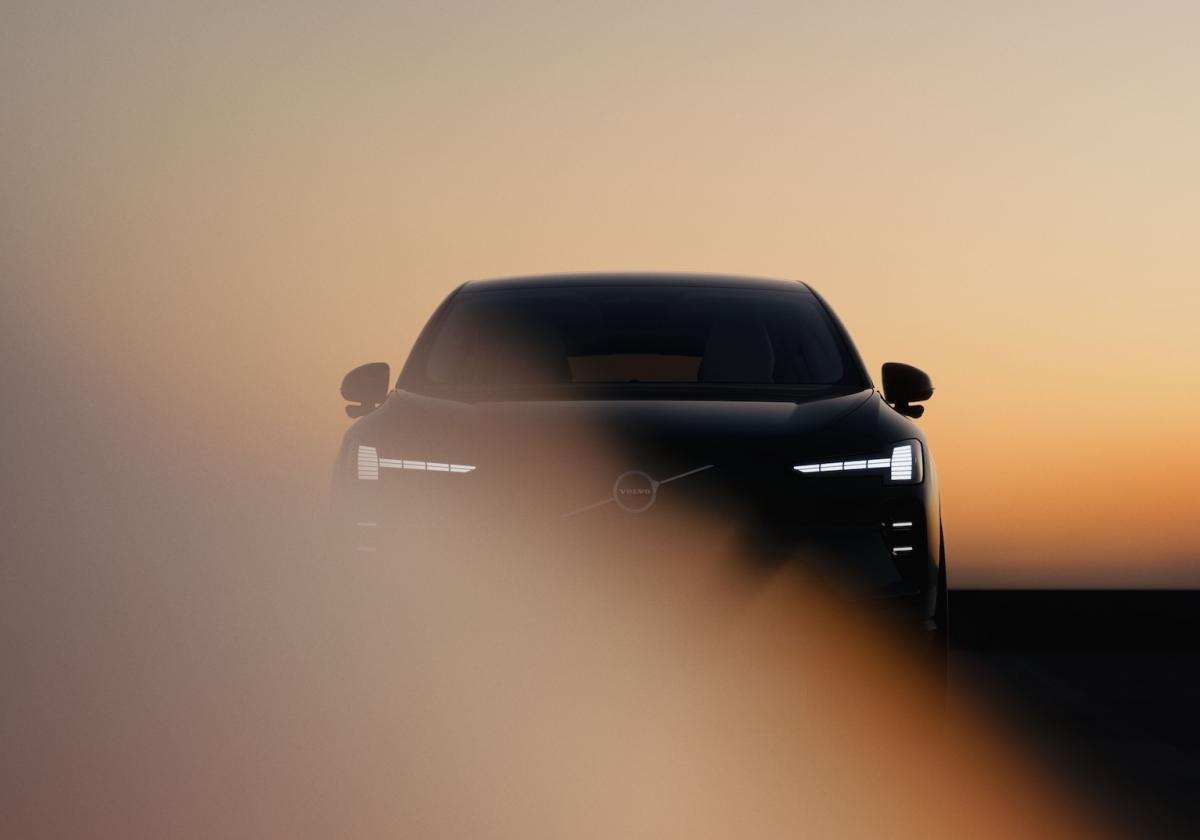Electric vehicles (EVs) have seen rapid adoption in recent years due to both consumer demand for more sustainable transportation options as well as government incentives and regulations aimed at reducing emissions from the transportation sector.
Far from struggling in colder conditions, modern EVs actually excel in many aspects of winter driving. From instant cabin heating to sure-footed traction control, electric cars leverage their unique advantages to provide superior comfort, convenience and safety over internal combustion engine (ICE) vehicles.
Preheating the Cabin
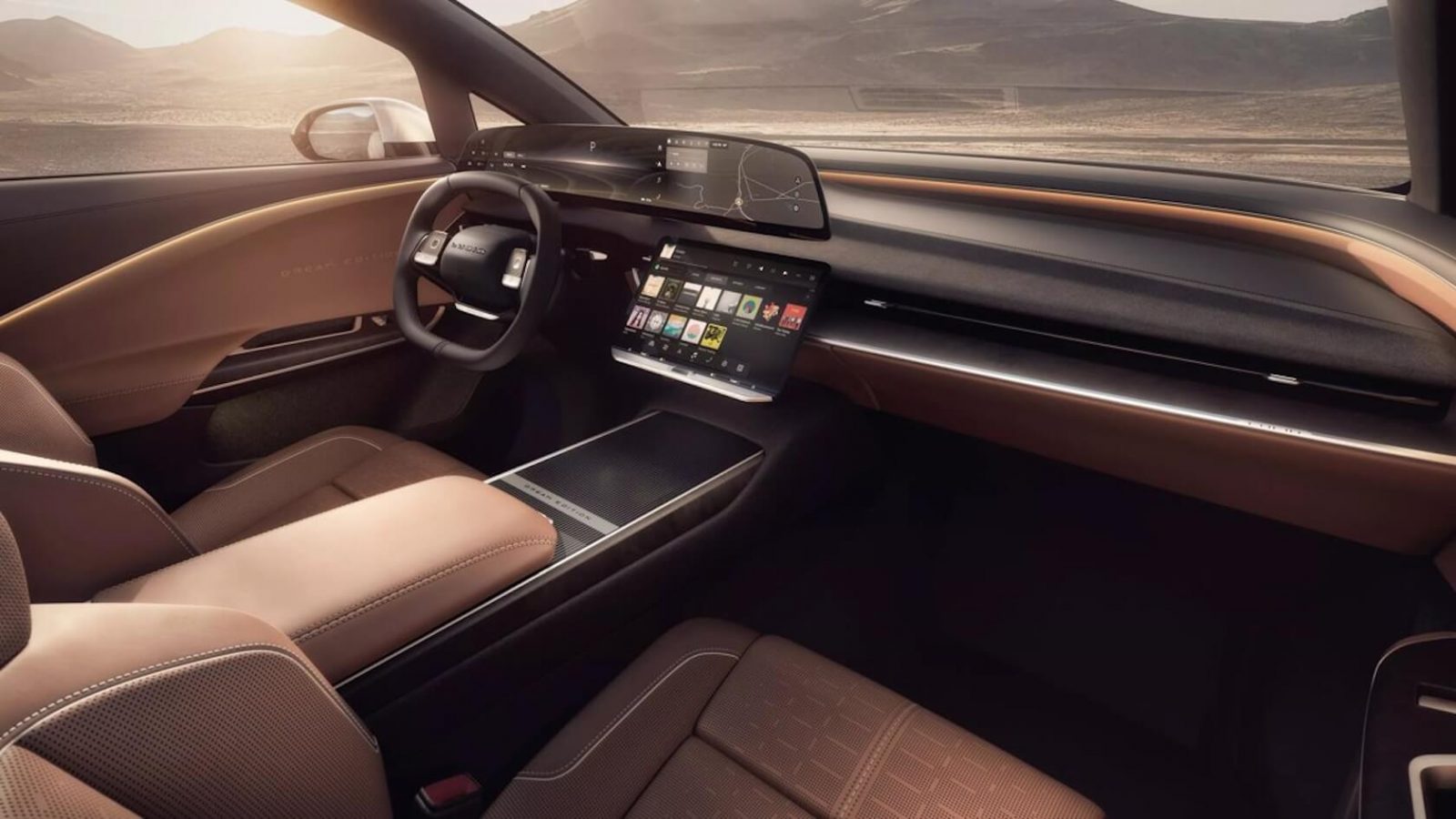
One of the most appreciated features of EVs in winter is the ability to preheat the cabin while still plugged in. For example, Tesla models allow owners to schedule warming times through their smartphone app. The EV taps power from the charger to energize the climate control system, rather than draining the battery. This ensures occupants enter a toasty interior without sacrificing any driving range. By contrast, ICE cars require idling the engine to heat the cabin, wasting gas and generating emissions.
All-Wheel Drive and Instant Torque

Electric motors provide instant and ample torque, which lends itself wonderfully to maintaining grip on snowy roads. Dual motor EVs with AWD can actively vector torque between front and rear wheels to maximize traction at all times. Testing by Consumer Reports found AWD EVs handling slippery conditions as well as, or better than, AWD combustion vehicles. But even RWD EVs demonstrate impressive composure in winter conditions. The low-slung weight from their heavy battery packs gives them an inherent stability absent in taller, lighter ICE cars.
No More Idling to Stay Warm
ICE cars often get stuck idling on winter days just to keep the cabin warm in frigid weather. This wastes gas, hurts air quality from exhaust emissions, and floods the cabin with unhealthy particulates. EVs have no idle function, meaning drivers get to stay wrapped in warmth without pumping out any emissions at all. This also keeps communities cleaner for everyone breathing the outside air.
Lightning-Fast Heating
Electric heating systems offer a few innate advantages over legacy combustion engine vehicles. EV cabin heat utilizes resistance heating elements which attain full power almost instantly. There is no waiting for the engine to warm up and heat to start flowing from the vents. Heated seats, wheels and wipers further reduce driver distraction from cold and frost. This comfort promotes safer winter driving for EV drivers.
Potential Savings on Maintenance
The simplified powertrains of EVs significantly reduce mechanical complexity compared to internal combustion vehicles. With far fewer fluids, belts, pulleys, tubes and complex assemblies, there is less to wear out or break down. While EVs have their share of consumable parts like tires, brakes and wiper blades, drivers can reasonably expect to save on maintenance compared to conventional cars, especially as the technology matures. Less maintenance means more days enjoying driving and fewer at the shop.
Eco-Friendly Performance

Lastly, EVs produce zero tailpipe emissions, regardless of outside temperature. This bolsters local air quality and reduces a driver’s environmental impact, which is especially salient after fossil fuel plants ramp up energy production to meet heating demand across cold regions. EV owners can drive in good conscience knowing they are part of the climate solution, not exacerbating the problem.
Preparing for Range Loss
For all their advantages, EVs do suffer range loss in extreme cold. Batteries operate less efficiently and lose a charge quicker in chillier climes. Real-world range loss averages 10-20% between peak summer and depths of winter. Strategies to offset range loss include parking the car in a garage, using seat warmers instead of blast heat, preheating the cabin while plugged in, and adopting smooth, conservative driving habits.
Charging Infrastructure Gaps
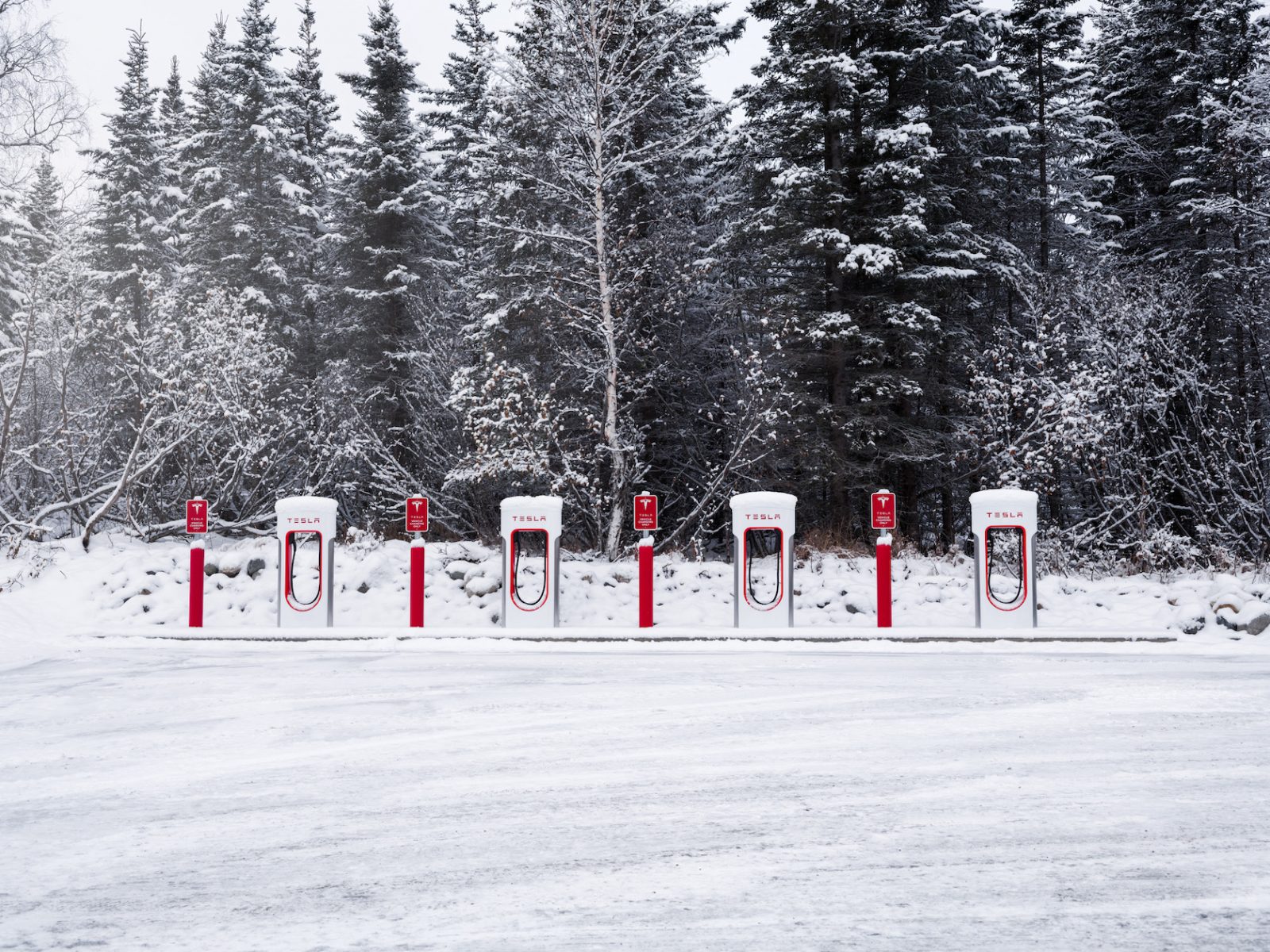
While the public charging network expands daily, coverage remains sporadic across rural areas. EV drivers venturing to the farthest reaches may find chargers few and far between, or buried under heavy snowfall. Until infrastructure permeates evenly nationwide, an ICE may still prove the smarter pick for remote winter getaways. Drivers must assess their destinations in advance to confirm adequate charging access.
Long-Term Battery Degradation
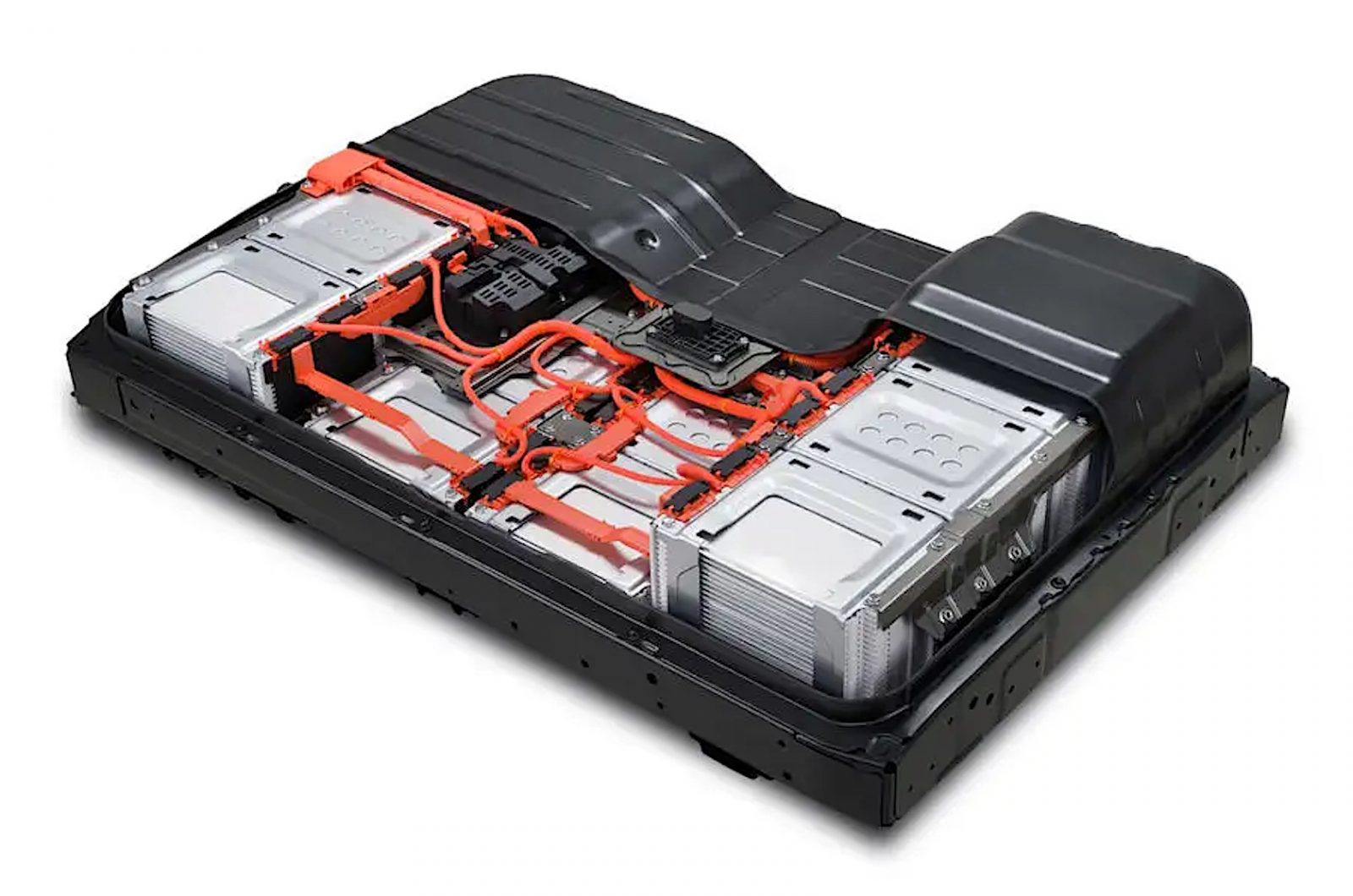
Modern EV batteries utilize advanced thermal management and chemistry to thrive in cold weather. But cumulative exposure to extreme lows and wild temperature swings will inevitably degrade batteries quicker. The impacts are modest and gradual across an EV’s reasonable service life, but may incrementally diminish range and charging speeds as the years roll by. This effect applies more markedly to budgets EVs with less sophisticated battery systems.
EVs Shine Bright in Winter’s Gloom
In conclusion, while consumers should account for the unique factors affecting EVs in winter, their fundamental advantages overwhelm any cold weather limitations. EV cabins heat brilliantly, instilling driver confidence and contentment. Precision motor torque fosters composure on slippery roads. Minuscule maintenance needs limit downtime. And best of all, every EV replaces a gas-burning car, allowing more blue skies and fresh breaths this season. For winter warriors intent on conquering the cold in style and conscience, electric is the definitive choice.

